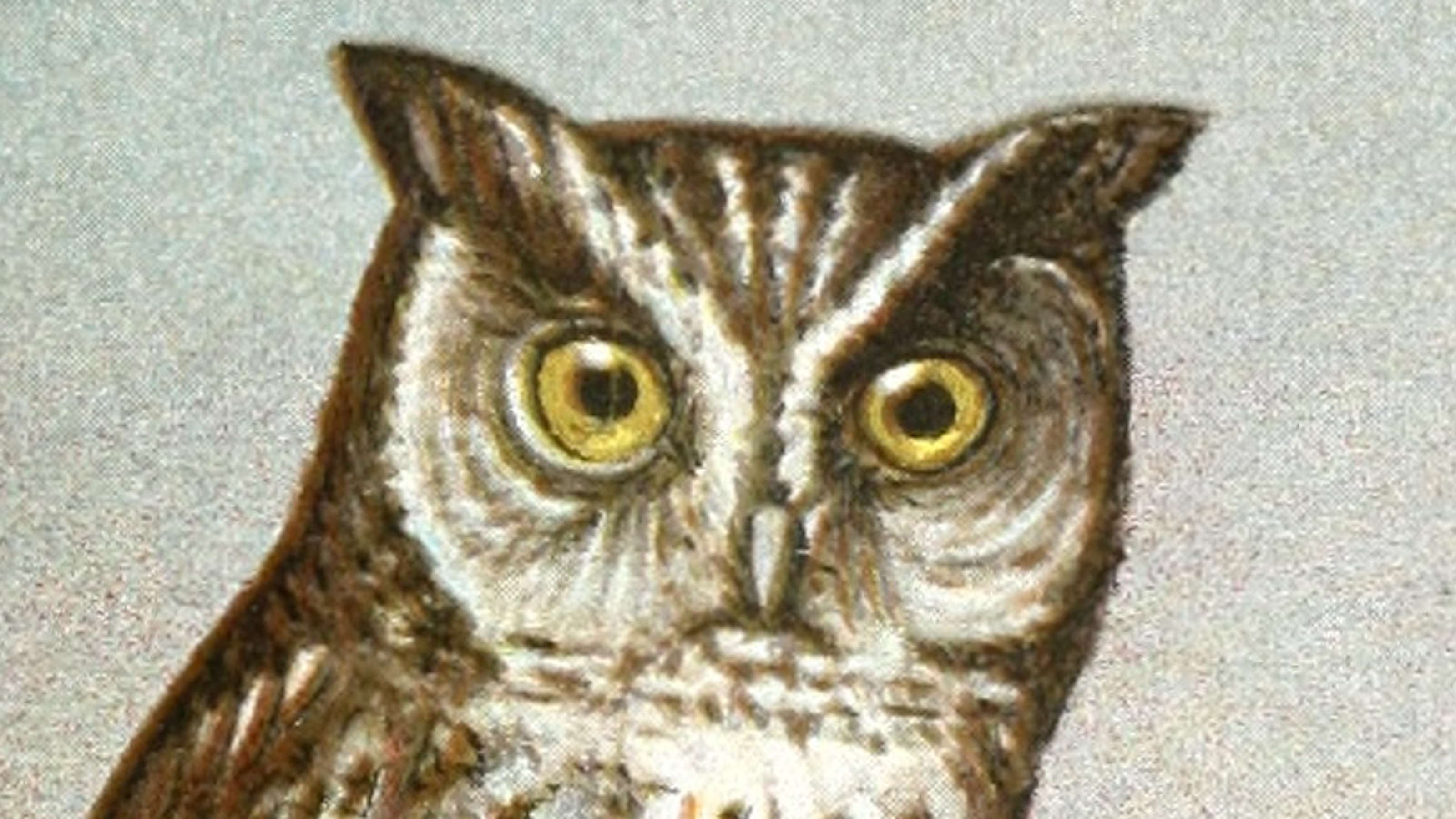Organizations Need Greater Gender Cultural Dexterity On the Part of Both Men and Women

Editor’s note: Women currently hold just 10%-15% of the senior leadership positions in corporate America, despite the fact that they now represent 58% of all college graduates and hold 50% of middle-management positions in the United States.
—
Until we are more skilled at recognizing and managing the real differences that can exist between female and male styles of leadership we are going to inadvertently continue to reinforce the glass ceiling.
But first, let me address a legitimate concern about stereotyping. In doing culture work, we look to see if there are archetypes – normative behavior that manifests consistently within the bell curve of a group’s way of doing things. The problem comes with stereotypes – the assumption that every individual who is part of the group behaves according to the archetype.
Archetypically, many sociological and brain scan studies have shown that when it comes to leadership, women tend to be more collaborative and men are more competitive. Women are more holistic, men are more compartmentalized. Women are less hierarchical, men are more hierarchical.
Not addressing these differences head on is systemically weeding out women in high-potential identification and promotion processes. Why? Because the assumed behaviors within competencies used in the filtering and assessment processes may unintentionally be carrying a legacy bias toward a male style of leadership. In modern corporations this is not a conspiracy but rather a natural, organic and residual result of several generations of male-led organizations that takes on a life of its own through inertia.
But it gets worse as women then get caught in a double bind. Recent research by Korn/Ferry found that women rated higher than their male counterparts in 17 critical leadership skills, including operating, interpersonal, courage and drive – competencies that enable women to connect with customers, engage employees and build talent. Despite this, women may still be penalized for not exhibiting leadership in the way that men may favor. We also know the many stories of women – because of their own personality or out of an adaptive behavior – getting penalized for not behaving according to the expected archetypical behavior. For instance, plenty of women who are naturally more competitive than their sistren are the targets of other forms of aspersions because she’s not behaving the way men want her to.
This is why both men and women need to have gender cultural dexterity to be able to spot where unconscious gender bias is hurting the advancement of women. This means recognizing normative behavior in both genders, and also allowing space for non-normative behaviors.
We need to then have smarter conversations about both genders’ leadership approaches. I believe that the lack of these conversations, and our inability to facilitate them on a regular, substantive and sensitive basis, is one of the reasons why we haven’t really been able to move the needle forward in terms of advancing female leadership in organizations.
We must do this.
Men and women need each other to drive organizational success, and because companies need different leadership approaches at different times in their journeys. Yes, there are plenty of times the competitive and hierarchical model is necessary and it works; other times, com- mand-and-control isn’t the answer, and collaboration and cohesive teams are. And in these highly matrixed, highly polarized times due to globalization, 24/7 connectivity and increasing diversity, our organizations most definitely need more collaborative leadership.
To get to that desired state, men and women have to develop skills and partnerships that allow them to truly understand and value their differences. This is gender cultural dexterity, which requires the skills to become more conscious of one’s unconscious bias. It also means to not automatically assume similarity (saying one is “gender-blind”can be delusional). Rather, let’s get more comfortable assuming difference without guessing what that is, and then, together, constructively surface what those differences may be. A good place to start is with appreciative inquiry: what is right and working in how women and men are leading today?
Gender cultural dexterity requires from women and men reciprocal adaptation as well as greater latitude for people to be their full selves at work; in this way, they can do their best work for their own sake, and for that of the organizations they serve.
Andrés Tapia is a Senior Partner with Korn/Ferry Leadership and Talent Consulting as part of its Diversity, Inclusion, and Talent Optimization Practice. He has over 25 years of experience as a management consultant, learning and development professional, diversity executive and journalist. He joined Korn/Ferry Leadership and Talent Consulting from Diversity Best Practices, a diversity and inclusion think-tank and consultancy, where he served as President and was responsible for the organization’s overall vision, strategy and outcomes. Prior to this, he was Chief Diversity Officer and Emerging Workforce Solutions Leader for Hewitt Associates. He is the author of “The Inclusion Paradox: The Obama Era and the Transformation of Global Diversity” and is a frequently sought after speaker on the topic of diversity and inclusion. He is the recipient of numerous leadership and diversity awards, and has served on a number of boards. He currently serves on the editorial board of Diversity Executive Magazine. He received a Bachelor’s degree in Modern History from Northwestern University.





